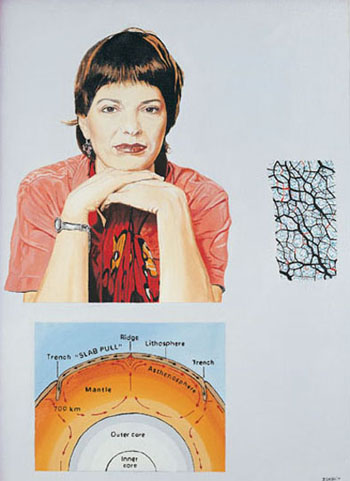Are you a journalist? Please sign up here for our press releases
Subscribe to our monthly newsletter:

Computer models can provide a better understanding of water and lava flow within the earth
Earthquakes, volcanic eruptions and landslides – are they indeed the whims of nature? Dr. Einat Aharonov of the Environmental Sciences and Energy Research Department creates computer models that might add a glimmer of certainty to our natural world.
Though it feels solid beneath our feet, the earth is constantly changing, explains Aharonov. She studies the dynamics of rocks. While they seem inert, deep within the earth rocks are breaking, melting and transforming chemically as a result of immense heat and pressure. Other factors, such as water and lava flow in the depths of the earth, also affect their properties.
Motion and change within the earth can occur continuously or abruptly. Abrupt motion can lead to such natural disasters as earthquakes, landslides and soil liquefaction (a phenomenon responsible for damage to buildings and pipelines during earthquakes, due to a reduction in the strength and stiffness of the soil).
Aharonov's research has resulted in computer models that provide a better understanding of water and lava flow within the earth. Other computer models deal with physical processes that lead to and accompany earthquakes and landslides. Her research might also help map out hazardous zones, oil reservoirs and underground water pollution processes, providing a modicum of transparency to the earth's surface.
Dr. Aharonov’s research is supported by the Samuel M. Soref & Helene K. Soref Foundation; Mrs. Jeannette Salomons, The Netherlands; Yad Hanadiv; and the Sussman Family Center for the Study of Environmental Sciences. She is the incumbent of the Anna and Maurice M. Boukstein Career Development Chair.